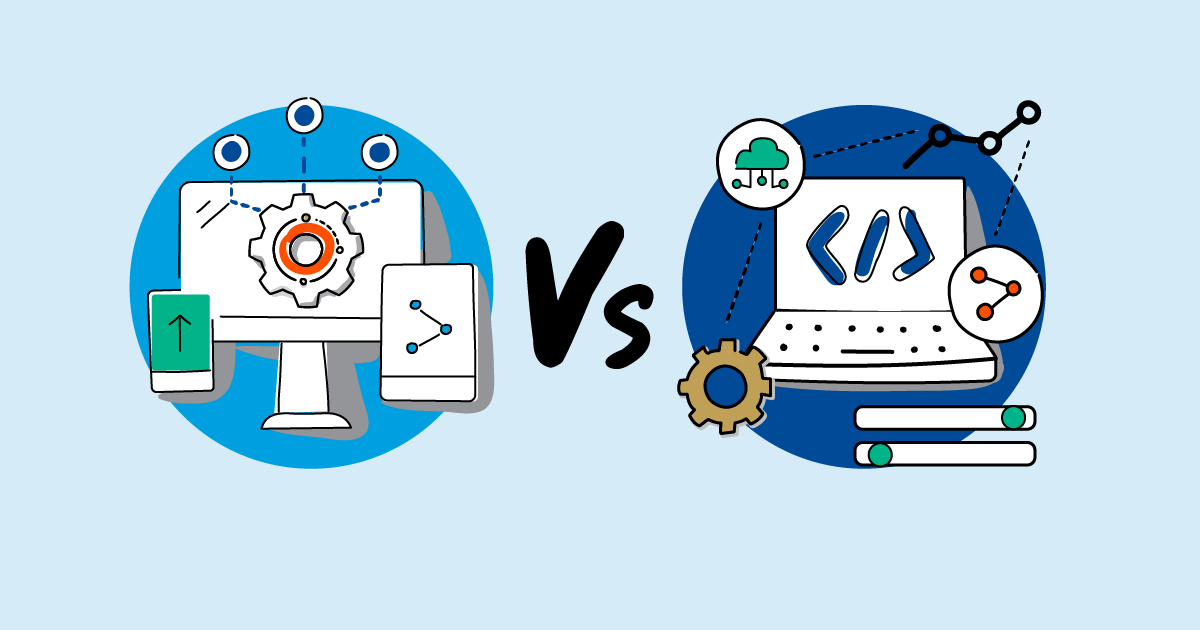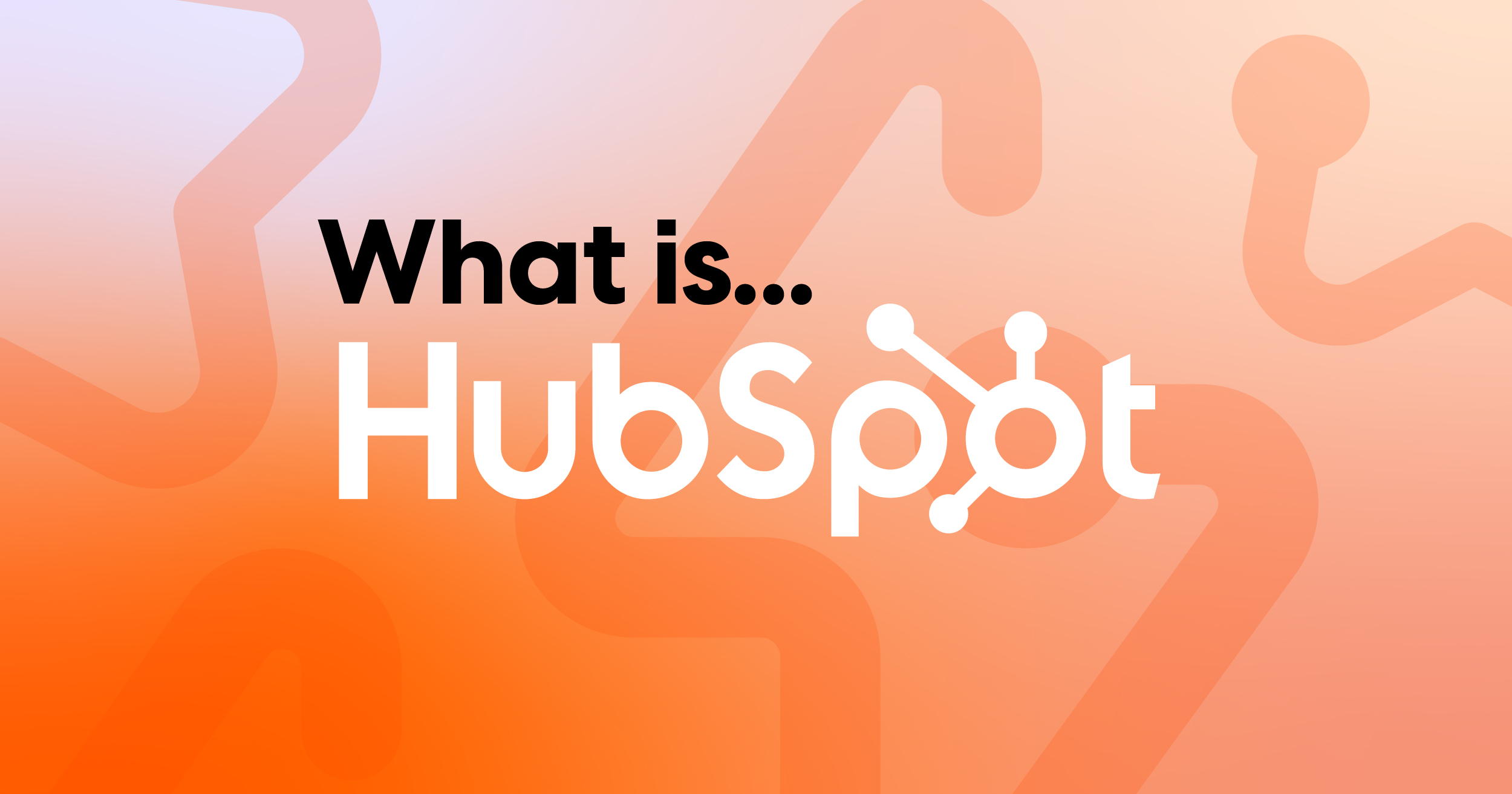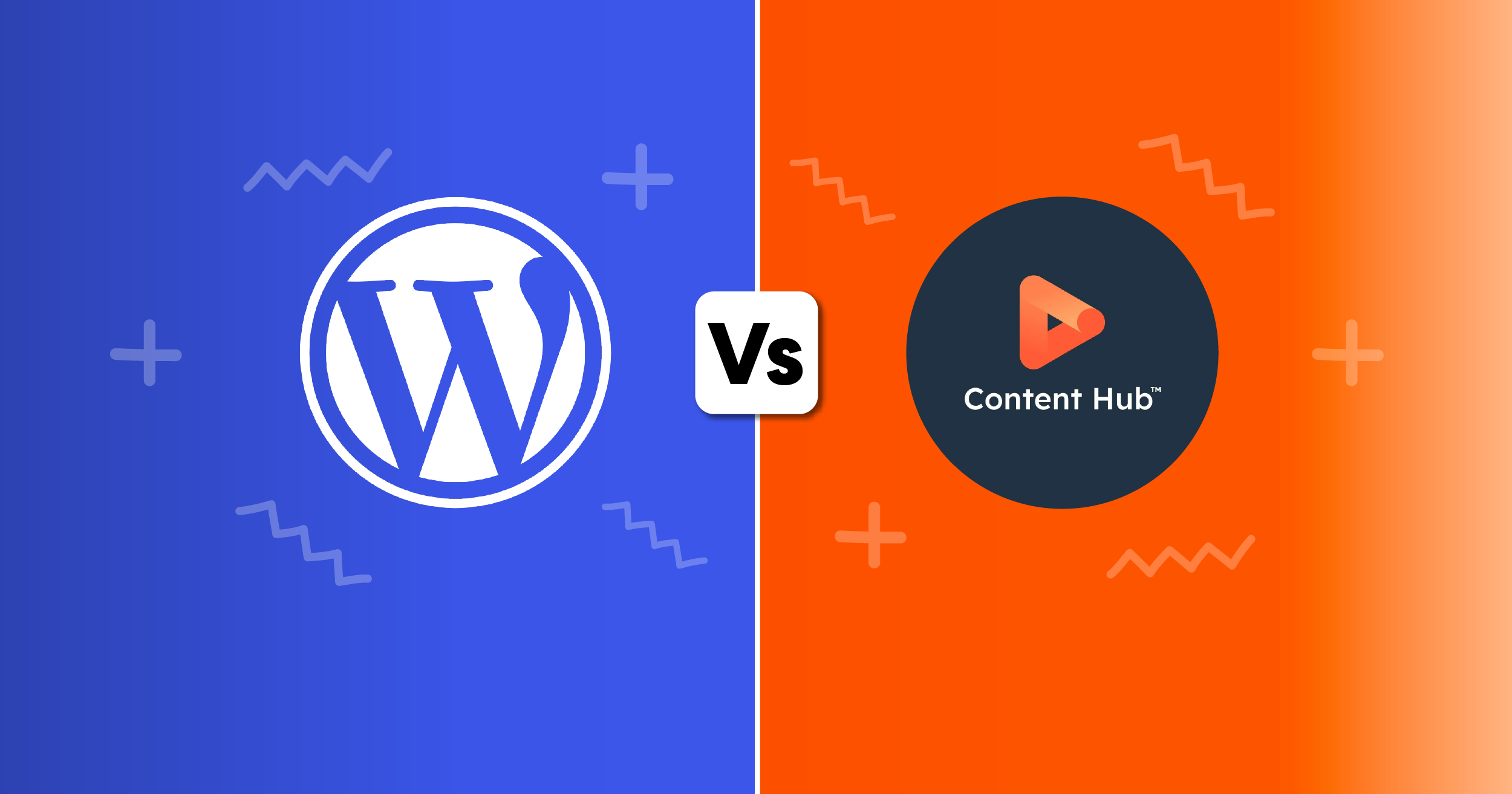
Custom vs. Native Integrations: Which integration is right for you?
Integrations are the backbone of a modern tech stack, connecting multiple software applications to create a seamless workflow. Understanding the difference between custom and native integrations is crucial for making informed decisions about your business's technology.
So, here’s a quick overview of what you need to know:
1. Optimise your tech-stack and integrations
2. What are Native integrations?
3. What are Custom Integrations?
4. When to choose which? Custom Vs. Native Integrations
"While native integrations offer a convenient and cost-effective solution for many use cases, custom integrations provide the flexibility and control to address unique business requirements. The key to success lies in carefully evaluating your specific needs and selecting the integration approach that aligns with your long-term goals."

Kye Bessant, our Solutions Architect from Modern Visual
Tech stack and the power of integrations
A tech stack is essentially the collection of your software tools and technologies that you use to achieve business objectives. It includes everything from operating systems and programming languages to applications and databases. Think of it as the foundation upon which a business is built.
Integrations are the bridges that connect different parts of your tech stack. They allow these tools to communicate and share data, creating a more efficient and effective workflow.

How integrations enhance your tech stack
- Data consistency: It ensures data accuracy across different platforms.
- Automation: You can streamline processes by automating tasks between tools.
- Efficiency: Helps to reduce manual data entry and save time.
- Customer experience: Provides a seamless customer journey by connecting touch points.
- Scalability: You can adapt to business growth by easily adding or removing integrations.
What's the difference between native and custom integrations?
Native integrations are a pre-built solution that you can use to integrate two software platforms.

What are native integrations?
- Pre-built connections: These integrations are developed and maintained by the software vendors themselves.
- Out-of-the-box functionality: They offer pre-configured connections with specific features and data points.
- Ease of implementation: Typically easier to set up and require less technical expertise.
- Limited customisation: Often provide standard integrations without room for tailored adjustments.

What are Custom Integrations
Custom integrations are designed and tailored to your specific needs, they are built to overcome your specific business challenges.
- Bespoke solutions: These integrations are built from scratch to meet specific business requirements.
- Flexibility: They offer greater customisation options to align with unique workflows.
- Technical expertise: Require development resources or partnerships with integration specialists.
- Higher cost: Typically more expensive to develop and maintain.
Key Differences Summarised
|
Feature |
Native Solutions |
Custom Solutions |
|
Flexibility |
Limited |
High |
|
Cost |
Lower |
Higher |
|
Time to implement |
Faster |
Slower |
|
Customisation |
Minimal |
Extensive |
|
Control |
Less |
More |
When to choose which?
Native vs Custom integrations
- Native integrations: Ideal for common use cases and when pre-built functionalities meet your needs.
- Custom integrations: Necessary for complex integrations, unique business processes, or when native options are insufficient.

Choosing between custom and native integrations depends on a careful evaluation of your business needs, resources, and the complexity of the integration.
Use native integrations when:
- Time is a constraint: Native integrations are often quicker to implement. However, it may not be the best solution long term.
- Budget is limited: They generally have lower upfront costs.
- Functionality is standard: Your requirements align closely with the pre-built integration.
- Technical expertise is scarce: Native integrations require less technical knowledge.
Advantages of native integrations:
- Quick and easy to implement: Minimal technical expertise required.
- Reliable: Often tested and supported by both platforms.
- Cost-effective: Typically included in your software subscriptions.
Disadvantages:
- Limited customisation: You might not be able to tailor the integration to your specific needs.
- Potential limitations: The integration might not cover all the data fields or processes you require.
Use Custom integrations when:
- Unique business processes: Your workflows are highly specialised and require tailored solutions.
- Data mapping is complex: You need to transform data significantly between systems.
- Security is paramount: Custom integrations can provide greater control over data handling.
- Scalability is essential: You anticipate significant growth in data volume or integration complexity.
Advantages of custom integrations:
- Flexibility: You can design the integration to match your exact needs.
- Customisation: You can choose which data to sync and how to handle it.
- Scalability: The integration can grow with your business.
Disadvantages:
- Costly: Requires development time and resources.
- Complex: Requires technical expertise.
Time-consuming: Implementation can take longer than a native integration.
Remember: In many cases, a combination of native and custom integrations can be the most effective approach. By carefully assessing your specific requirements, you can select the best option to optimise your tech stack and drive business success.

Key Considerations:
- Cost: Evaluate the development and maintenance costs of custom integrations versus the potential ROI.
- Timeline: Consider the time required for both development and implementation.
- Expertise: Assess your team's capabilities or the need for external resources.
- Scalability: Ensure the chosen integration can accommodate future growth.
- Security: Prioritise data security and compliance regulations.
Best Practices
- Start with native integrations: Explore available options before considering custom development.
- Combine native and custom: Leverage the strengths of both approaches for optimal results.
- Prioritise data quality: Ensure data consistency across integrated systems.
- Regularly review and update: Keep your integrations aligned with business needs.
Don't stop now. Keep learning
 What is HubSpot? A Complete Guide for Enterprise Businesses
If you’ve ever felt like your marketing, sales and service tools are scattered across too many...
What is HubSpot? A Complete Guide for Enterprise Businesses
If you’ve ever felt like your marketing, sales and service tools are scattered across too many...
 How to clean data in Excel before Switching CRMs
Excel can be a powerful tool for cleaning data before migrating to a CRM system. Many businesses...
How to clean data in Excel before Switching CRMs
Excel can be a powerful tool for cleaning data before migrating to a CRM system. Many businesses...
 WordPress vs Content Hub (HubSpot)
How to pick the right platform for your business: Both WordPress and Content Hub are powerful...
WordPress vs Content Hub (HubSpot)
How to pick the right platform for your business: Both WordPress and Content Hub are powerful...


